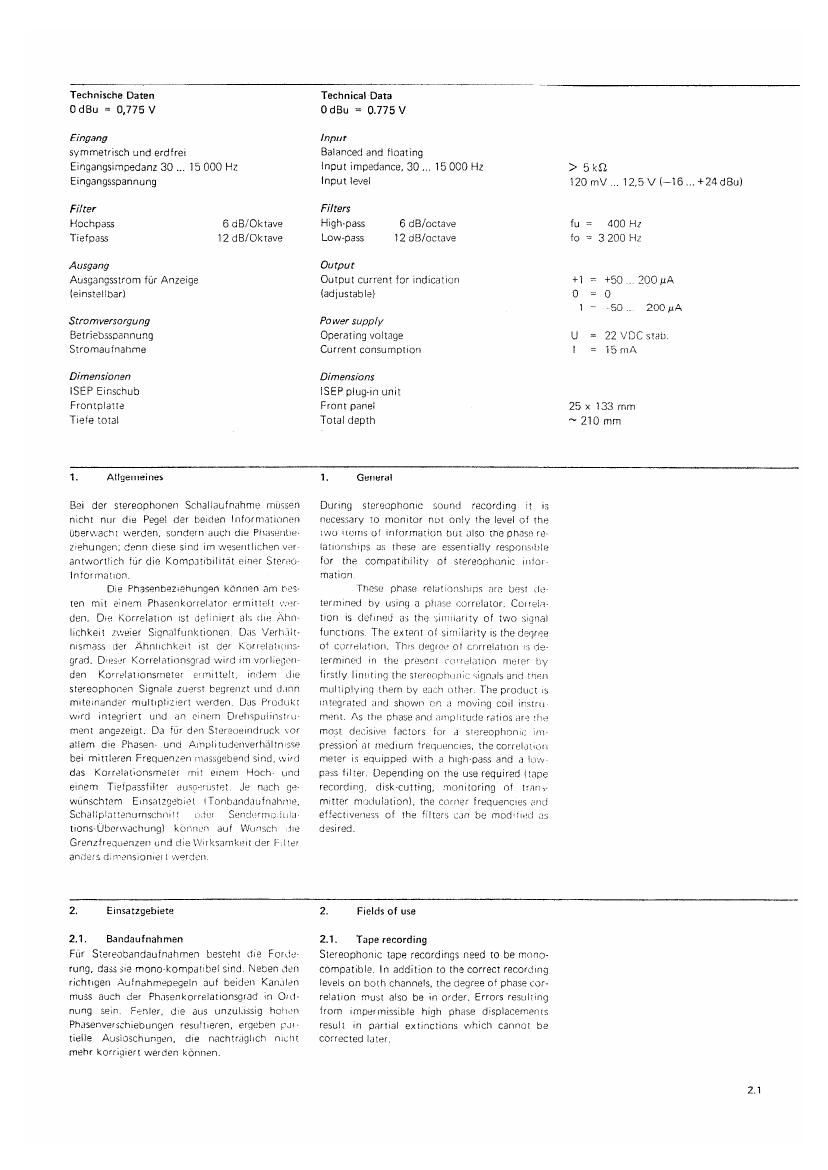Studer 189 Quadro Service Manual 3
This is the 80 pages manual for Studer 189 Quadro Service Manual 3.
Read or download the pdf for free. If you want to contribute, please upload pdfs to audioservicemanuals.wetransfer.com.
Page: 1 / 80
